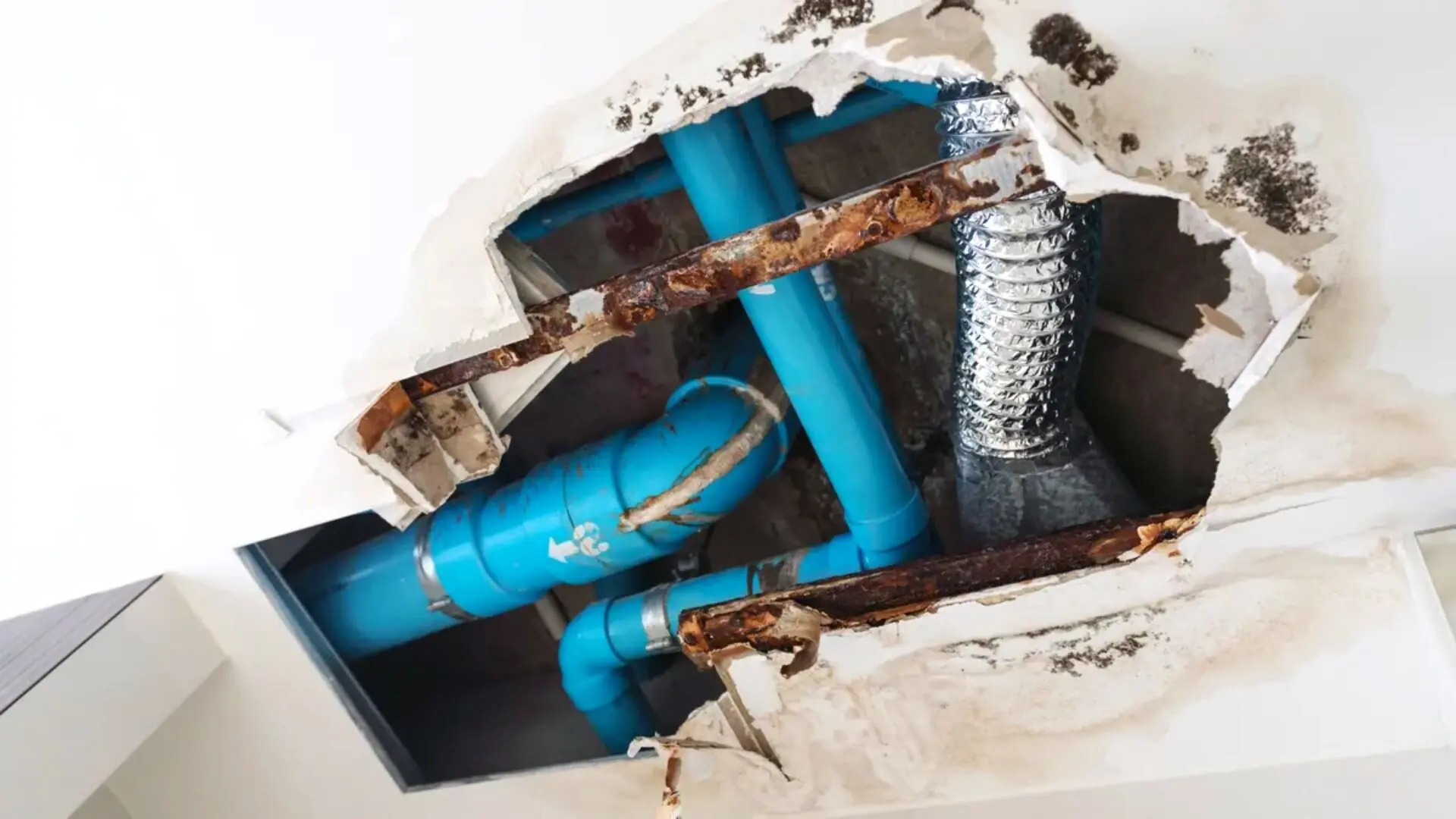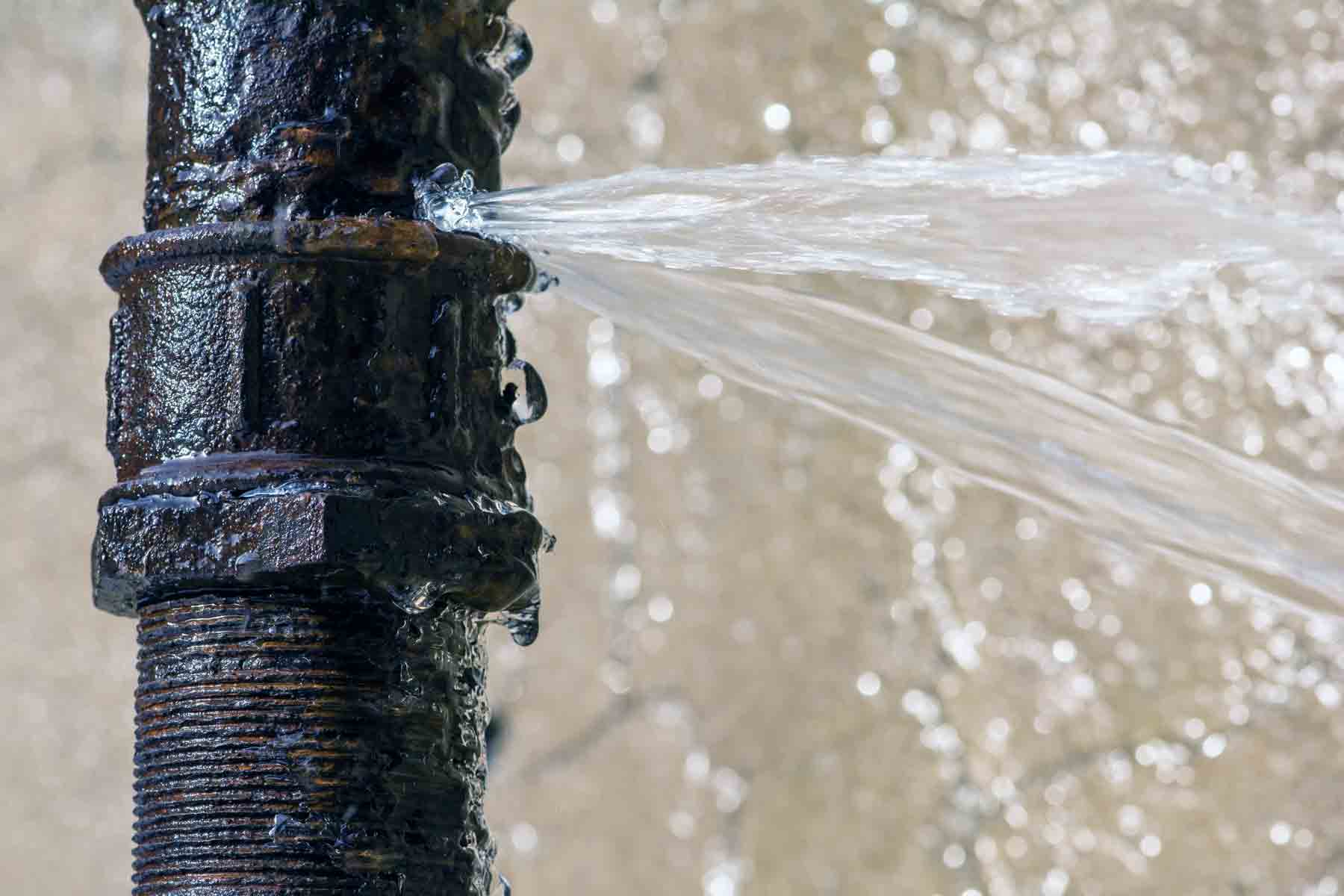Burst Pipe Insurance Claims: What You Need to Know for Water Damage Coverage
Burst Pipe Insurance Claims: What You Need to Know for Water Damage Coverage
Blog Article
Avoiding Burst Water Lines: Necessary Tips to Shield Your Pipes
Preventing burst pipelines is an essential worry for house owners, especially during cooler months when the risk of freezing is enhanced. Executing strategic steps such as appropriate insulation, regular inspections, and keeping constant indoor temperatures can dramatically decrease the possibility of pipeline failing.
Understand Pipe Vulnerabilities
Comprehending pipeline susceptabilities is necessary for effective plumbing upkeep and protecting against costly damages. Several variables add to the sensitivity of pipelines to bursts, including product structure, age, and environmental problems. Older pipes, especially those made from galvanized steel or polybutylene, frequently degrade with time, bring about increased danger of leaks and tears.
Temperature level variations can likewise considerably influence pipeline stability. In colder climates, water trapped in pipelines can ice up, applying and increasing pressure on the pipe wall surfaces, which might ultimately lead to a ruptured. In addition, high water stress can stress pipelines, particularly at joints and bends, enhancing the chance of failing.

Insulate Water Lines Appropriately
Proper insulation of pipelines is crucial for preventing freezing and subsequent ruptureds during winter (burst pipe). Protecting your plumbing system properly safeguards versus temperature level drops that can lead to pricey damages. Begin by identifying vulnerable areas where pipelines are exposed to exterior temperatures, such as cellars, attics, and exterior walls
Use foam pipeline insulation sleeves or cover insulation tape around these locations to provide a safety barrier. Make certain that all sections of the pipes, especially those with limited heat exposure, receive sufficient insulation. Pay special focus to joints and installations, as these are more susceptible to cold.
When shielding, it's necessary to pick products that satisfy local building ordinance and are ideal for the certain environment. As an example, fiberglass insulation is often recommended for its thermal resistance homes - burst pipe. Furthermore, think about using warmth cords or tape in extreme problems, which can be plugged in to supply extra warm
On a regular basis evaluate insulated pipes for any indicators of wear or damage, as endangered insulation can lessen its performance. By taking these aggressive measures, you significantly reduce the risk of pipe bursts, making sure a dependable pipes system throughout the cold weather.
Maintain Consistent Temperature Level
A steady interior temperature is crucial for avoiding ruptured pipelines during the cold months. When temperature levels decrease, water within pipes can ice up, expanding and creating pressure that might inevitably create the pipelines to ruptured.Making use of a programmable thermostat can help manage indoor temperatures properly, guaranteeing that areas with plumbing continue to be cozy also when the house is vacant.
On top of that, it is prudent to allow faucets to leak a little during severe chilly spells. This small flow of water can stop freezing by alleviating stress within the pipelines. During especially serious weather condition occasions, think about briefly putting on hold any type of nighttime obstacles on your thermostat to maintain a steady warm atmosphere. By implementing these approaches, house owners can dramatically reduce the risk of pipe bursts and protect their plumbing systems versus the harsh winter months aspects.
Frequently Examine Pipes
Routine examinations of plumbing systems are crucial for avoiding ruptured pipelines and maintaining general home integrity. Routine checks allow property owners to determine possible problems prior to they rise into expensive repair services or major water damage. Throughout these examinations, it is vital to analyze noticeable pipelines for indicators of deterioration, leaks, or wear. Pay unique focus to locations prone to cold, such as basements, attic rooms, and outside walls.
In addition, evaluating joints and links is important, as these have a peek here points are often vulnerable to leaks. House owners must additionally analyze water pressure degrees, as extreme stress can strain the pipes system and raise the danger of pipeline bursts.
Take into consideration scheduling professional pipes inspections at the very least as soon as a year, specifically before winter months, to ensure your system is prepared for colder temperatures. By being proactive in your strategy, you can secure your home versus the pricey and disruptive effects of burst pipes.
Know Emergency Procedures
Understanding emergency treatments is important for every homeowner, particularly after performing regular plumbing examinations. Being prepared for a plumbing emergency situation can considerably alleviate damages and save costs.
Next, keep essential tools handy. A plumbing emergency kit must consist of a wrench, plunger, and towels, along with a flashlight and a pail for small leakages. In addition, think about having the get in touch with information for a relied on plumbing professional readily offered, must the scenario intensify my company beyond your control.
If you spot a leakage or ruptured pipe, immediately switch off the water system and notify your plumbing technician. Document the damage with photographs for insurance policy functions. Understand the indications of prospective plumbing problems, such as uncommon water pressure fluctuations or damp areas on walls
Eventually, positive understanding and speedy activity are crucial in handling pipes emergency situations, guaranteeing your home continues to be secured and reducing potential damages.

Conclusion
To conclude, avoiding burst pipelines necessitates a complex strategy that includes understanding pipeline vulnerabilities, proper insulation, maintaining regular indoor temperature levels, routine inspections, look here and expertise of emergency procedures. By carrying out these important techniques, the danger of plumbing failures can be dramatically reduced, consequently making certain the long life and efficiency of the pipes system. Proactive measures not only safeguard versus possible damage but likewise contribute to overall water preservation and the security of residential or commercial property.
In colder environments, water caught in pipes can ice up, expanding and exerting pressure on the pipe walls, which may inevitably lead to a ruptured. When temperature levels decline, water within pipes can ice up, expanding and developing stress that might ultimately create the pipelines to burst. By carrying out these approaches, property owners can significantly lower the risk of pipeline ruptureds and guard their plumbing systems against the severe wintertime components.

Report this page